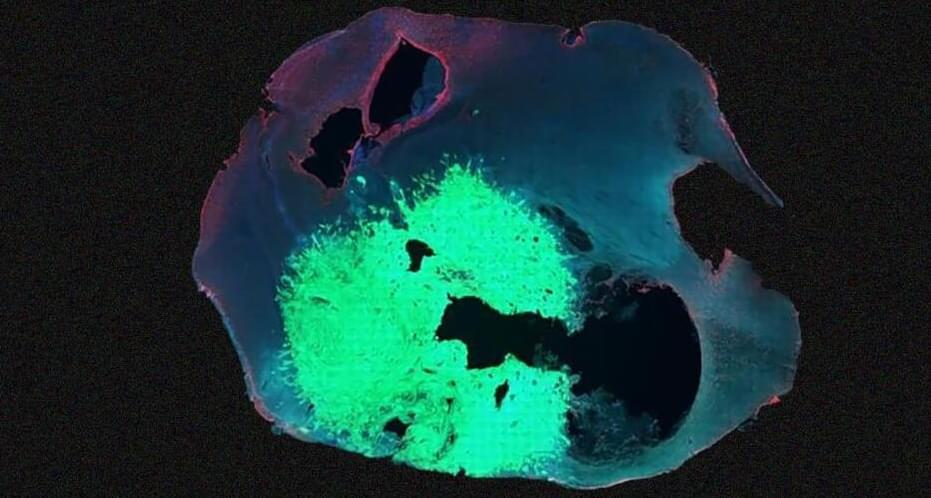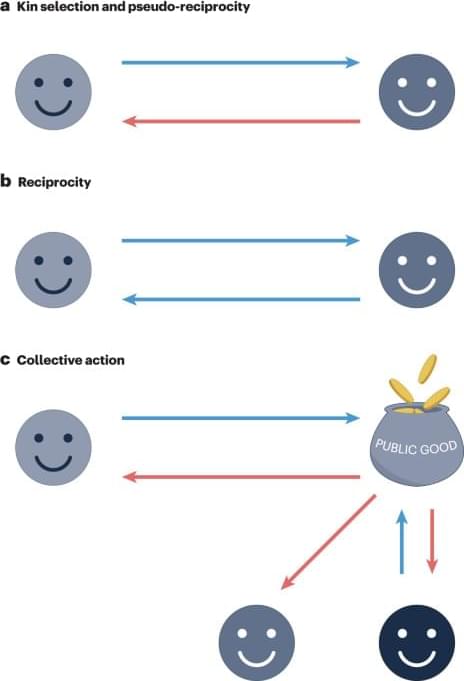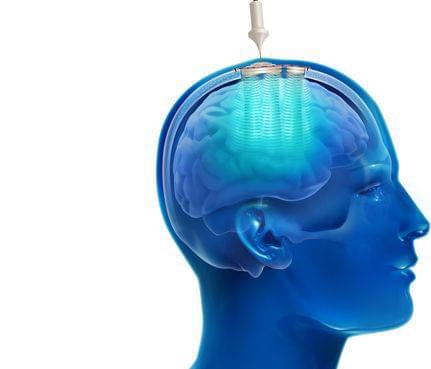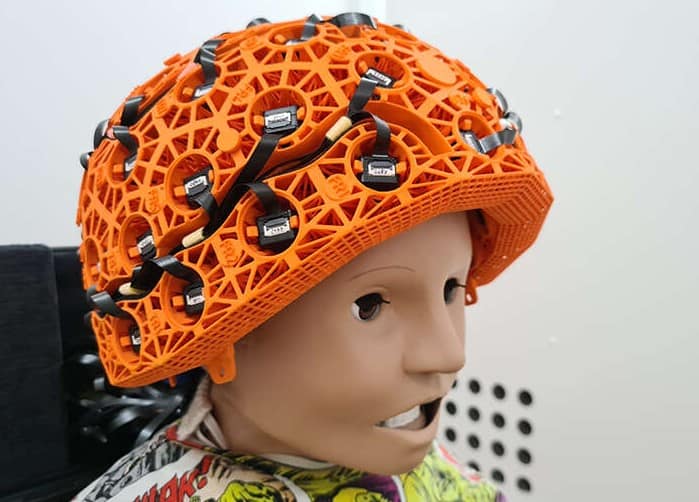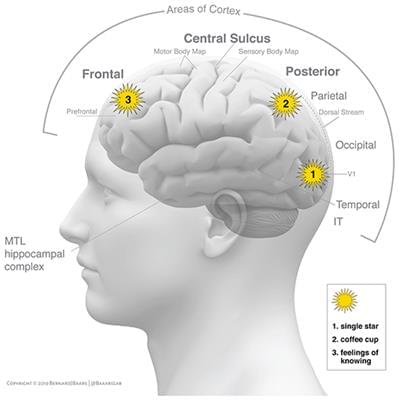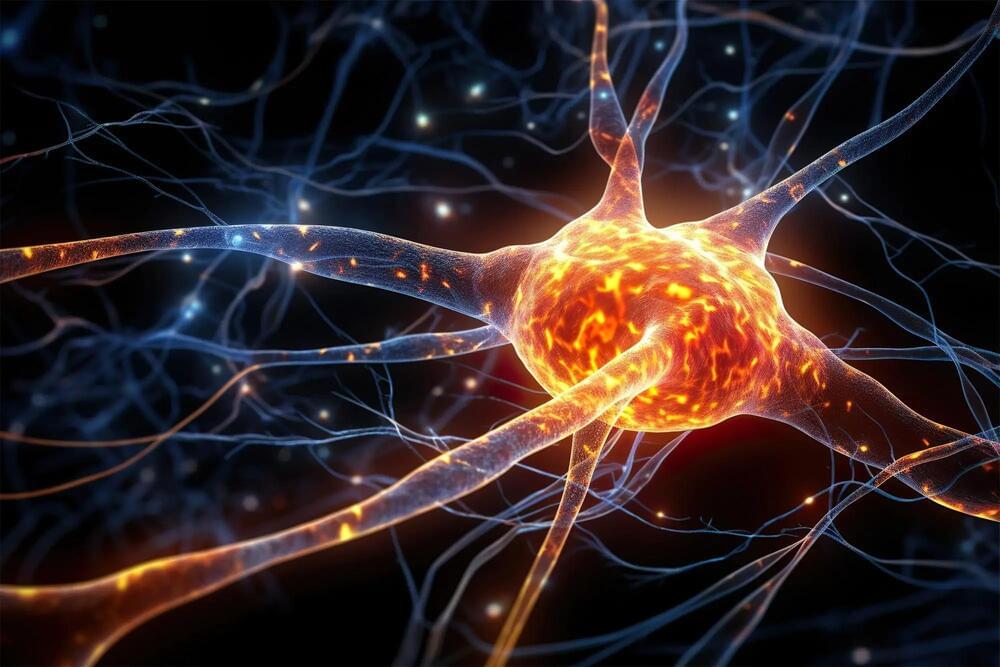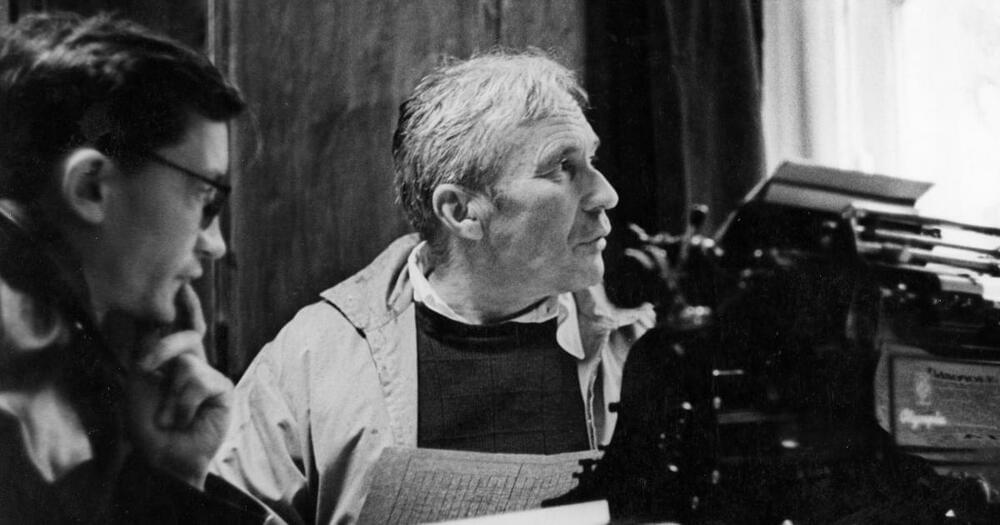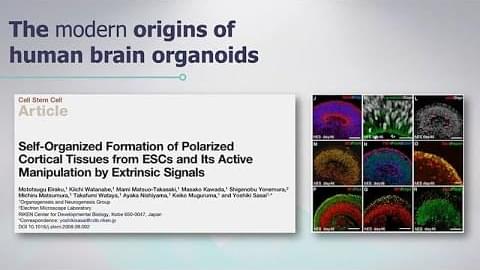Aug 4, 2023
New gel destroys brain cancer in 100% of treated mice
Posted by Shane Hinshaw in categories: biotech/medical, neuroscience
Johns Hopkins University (JHU) researchers have developed an experimental brain cancer treatment that not only cured 100% of mice that received it, but also trained their immune systems to fight future cancers.
The challenge: Glioblastoma is a rare but aggressive type of brain cancer — only 5% of patients live for more than five years after they’re diagnosed, and the average survival time is just 12–18 months. It is considered the deadliest kind of cancer.
Continue reading “New gel destroys brain cancer in 100% of treated mice” »
